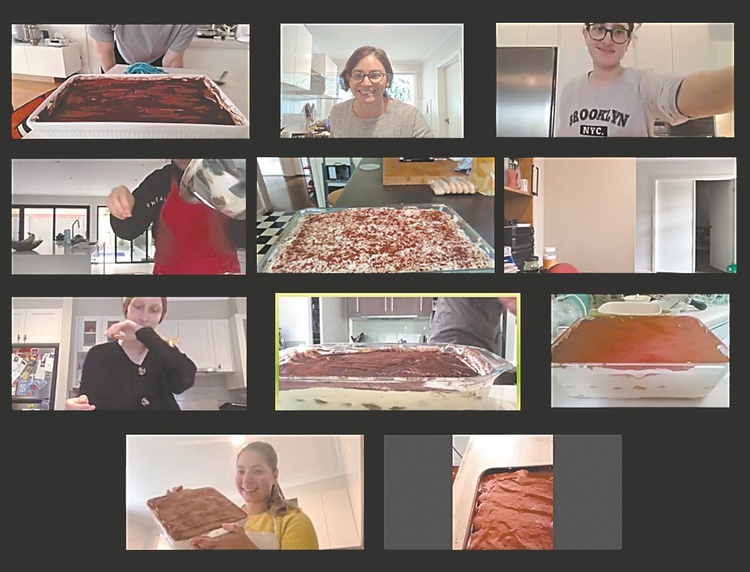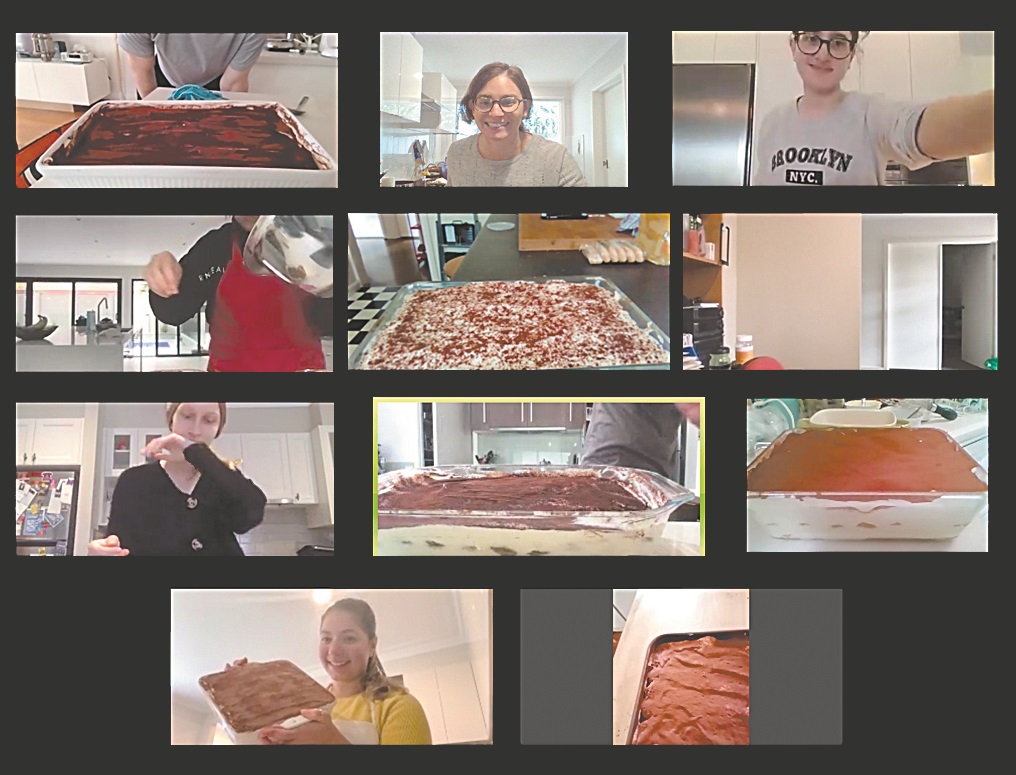At 7:10 am, we received a message stating that classes were considered an “essential” gathering and would continue as the coronavirus outbreak began in Australia.
In short, it would be “business as usual”.
So, I put on my shirt and went to class to meet my new students.
The tutorial went ahead normally, and while we were all a little worried, we had no idea of what was to come.
On the Tuesday, we awoke to a long series of emails: week postponed, classes cancelled, online learning from next week.
This was followed by four days of frenetic preparation and Zoom meetings to learn how to use the program.
We trialled the program’s “polls” function by launching a poll on the floral wallpaper in my colleague’s bedroom – because during the era of coronavirus, one’s style is determined by the background in their video call.
It’s amazing how much you can learn about somebody from their personal space as depicted through a screen: paintings, photos, unmade beds, and relatives and pets popping their heads into sight.
When the following Monday eventually rolled around, we logged into Zoom with a mixture of anxiety and trepidation.
Students started joining the online tutorial and, trying to see the glass half full, I thought that at least I wouldn’t forget their names, seeing as they were all written on the screen in front of me.
The first tutorial went smoothly, giving us a false sense of security.
Several people were missing at the start of the second class, but we decided to go ahead anyway.
Soon after, we received a message: seven students had gone down the rabbit hole!
They’d clicked on the Zoom link to participate in the tutorial but ended up in a separate virtual “room” on the program, which was inaccessible from the outside.
I began to see a sequence of cats, a glitch in the Matrix, and decided to call for technical assistance.
The lines were blocked – there wasn’t even hold music, the call just simply ended.
After 10 attempts, I manage to speak to Sam from e-Solutions and his voice was trembling with fear.
Zoom was experiencing problems at a global level.
At least we’re all in the same – rapidly sinking – boat.
I went back to my computer and, like the captain of the Titanic, I waited for my Zoom room to empty and my students to jump into the last lifeboat left: Google Meet.
The first week came and went.
The next time I checked my emails, I saw that the rector had invited us to have a coffee with her on Zoom.
Just the thought of Zoom made my skin crawl, so I blatantly ignored the email and continued to stare at the wall while sipping my chamomile tea.
A student whom I hadn’t seen since the first class of the semester, which already seemed like a century ago, sent me a message saying she couldn’t participate in the online tutorials because her internet connection at home barely allows her to access Moodle, the university’s online learning platform.
I must admit that my first thought when I hadn’t seen her in the online tutorials was: “Look at this, now that attendance is no longer mandatory, she’s not showing up.”
But then I understood: all of a sudden, we were told to study and work from home, and it was just taken for granted that everyone would have access to the resources they needed to do so.
But the internet isn’t democratic.
There are those who can afford fast connection speeds and unlimited data and those who can’t.
Some live in a location with a good connection and others don’t.
The coronavirus pandemic is revealing many social disparities and highlighting which essential goods and services are in need of investments.
Let’s make sure we remember this when it’s all over.












